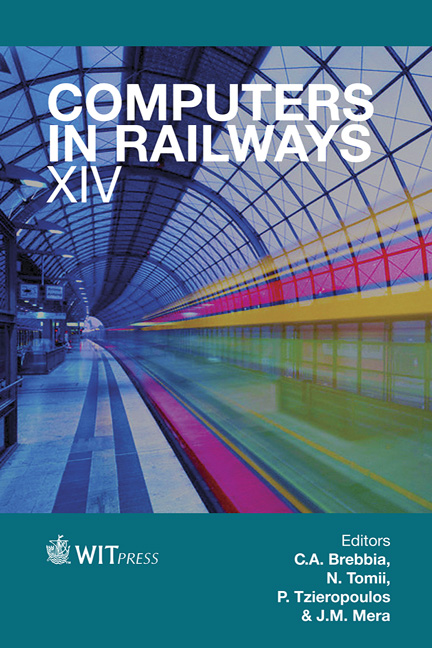The Use Of Microsimulation Models For The Planning And Management Of Metro Systems
Price
Free (open access)
Transaction
Volume
135
Pages
13
Page Range
509 - 521
Published
2014
Size
383 kb
Paper DOI
10.2495/CR140421
Copyright
WIT Press
Author(s)
M. Ercolani, A. Placido, L. D’Acierno & B. Montella
Abstract
The management of public transport for rebalancing the use of transportation systems is a useful tool for reducing negative externalities without excessively affecting zone accessibility. In this context, a rail or metro system can be a key element for producing a high-quality supply of public transport. Obviously, due to the great vulnerability of rail technology to system failures, it is necessary to develop suitable tools to identify rapidly, even with off-line procedures, the best operational strategies which minimise user discomfort produced by such failures. Hence, our proposal is to extend previous models proposed in the literature by considering travel demand as an outcome of a random variable and not only in terms of average values. The proposed approach is applied in the case of a real dimension metro network, considering a wider class of failure contexts. Keywords: metro system management, rail passenger systems, microsimulation approach, travel demand analysis, capacity constraints, public transport.
Keywords
metro system management, rail passenger systems, microsimulation approach, travel demand analysis, capacity constraints, public transport.





